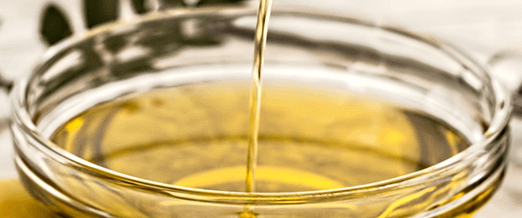Finding Solutions in Portugal

One of the best parts of my job is getting to travel to interesting places to meet with and assist customers. Recently, I had the opportunity to travel to the beautiful country of Portugal, where my task at hand was to attend to one of our customers who wanted to optimize his defatted soy cake meal by managing the levels of crude oil in the finished product.
His strategy was to bring the crude oil levels down. The customer explained that by doing so, their customers, who were mostly dairy farmers, would realize an increase in milk fat percentage. An interesting reverse effect. The logic supporting this was that “feeding fat to dairy cows may decrease milk fat percentage if ruminal fermentation is adversely affected.”
The customer was looking to make a great product even better. He told me how his company was a trend setter in milk production, having cows that made the news by producing over 100 liters of milk for up to five consecutive days! He further explained that with this honor came the necessity of providing the best products possible, hence his commitment to unceasingly improve production efficiency, product quality and even his overall turnover.
Our first approach was to increase the feed to the extruders and, in turn, to the press. The logic was that since this was mechanical extraction, an increase in the load size would increase pressure, friction and the amount of crude oil extracted. The first step was to check to be sure that the AMP readings on the control panels were correct, which meant comparing them with the readings on my AMP clamp. If we had received a lower read on my AMP clamp (perhaps 10 AMPs lower) it would have meant that the CTs were not functioning properly and the equipment was not being run at optimal load. This would then translate to reduced oil extraction and poor motor utilization, which is essentially a waste of electricity.
Increasing the feed to the extruders seemed to be working. However we were presented with a new challenge. There was too much “foots” coming out of the cage of the press. “Foots” is the term given for solid gruel-like material that squeezes out of the cage of the press. This problem seemed to be caused by the de-hulling of beans by the destoner and the hammermill, which was not supposed to be happening. Adjustments were made to the hammermill screens and the problems were fixed.
Furthermore, the hammermill was not cracking the raw beans into six pieces, which is optimal. Instead, it was breaking some in half or only taking the skin off, while leaving the raw beans whole and we ended up with a much more consistent grind, with less separation and even better results.
Coming up with solutions to make operations run smoothly can be a challenge, but, solving the problems faced and achieving goals set in place are both very gratifying experiences for me and the Insta-Pro Service Team. Then throwing in all of the excitement that comes along with traveling, this trip to Portugal reminded me how amazing my job can be..



